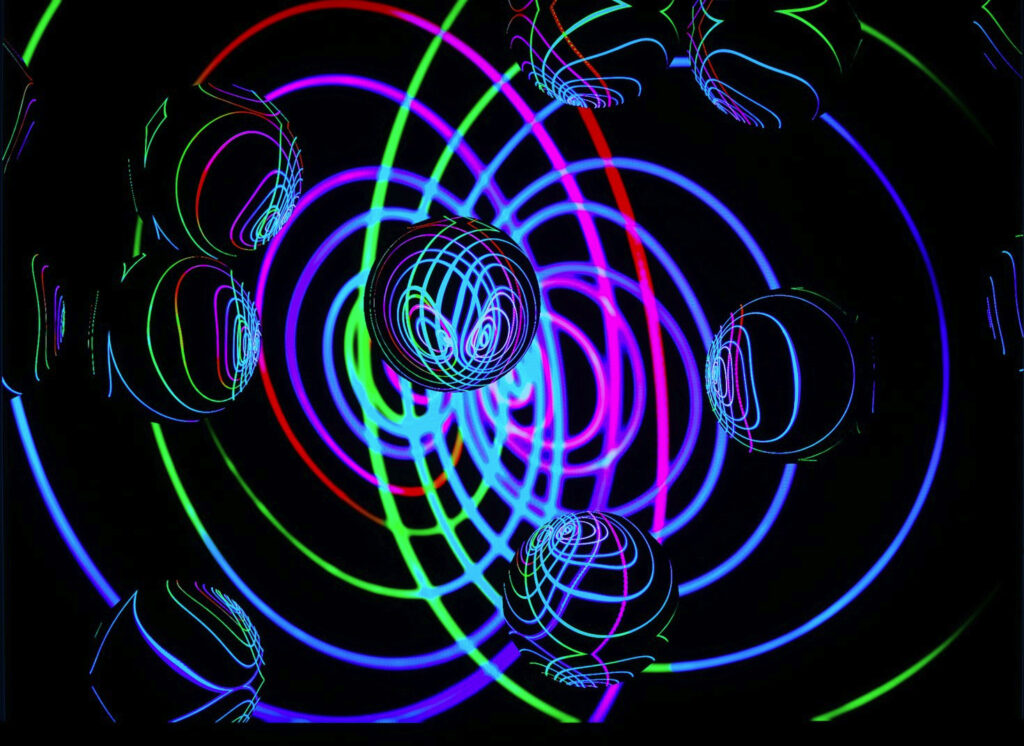For millennia, esoteric traditions have whispered of profound truths accessible through practices like meditation. Often dismissed as mystical or unprovable, a growing body of scientific research is now illuminating the tangible, measurable effects of these ancient disciplines, bridging the gap between wisdom traditions and modern understanding.
At its core, meditation is a form of mental training that cultivates focused attention and awareness. Neuroscientific studies, utilizing fMRI and EEG, reveal that consistent meditation practice profoundly alters brain structure and function. Practitioners often exhibit increased gray matter in areas associated with attention, emotional regulation, and self-awareness, such as the prefrontal cortex and insula. Conversely, the amygdala, linked to fear and stress, can show reduced activity and volume. This rewiring enhances cognitive control, reduces reactivity to stress, and fosters a greater sense of calm and clarity.

Beyond structural changes, meditation influences brainwave patterns. Deep meditative states are often correlated with alpha and theta waves, associated with relaxation, creativity, and deep introspection – states akin to those experienced during sleep or deep contemplation. This shift in brain activity supports heightened intuition and the processing of complex information outside of typical conscious thought, echoing esoteric claims of accessing deeper wisdom.
Furthermore, research into the body’s physiological responses during meditation shows reduced heart rate, blood pressure, and cortisol levels, indicating a direct impact on the autonomic nervous system. This suggests meditation isn’t just about mental peace but about systemic well-being.
The connection to esoteric wisdom lies in the common ground of consciousness exploration. Ancient practices aimed to transcend the ordinary mind, perceiving reality in a more interconnected way. Modern science, particularly fields like quantum physics, hints at a universe far more interconnected and responsive than once thought, where observer and observed are deeply intertwined. While science cannot yet “prove” spiritual experiences, it can map the profound neurological and physiological shifts that enable individuals to reach states of consciousness where such experiences are reported.
Ultimately, meditation serves as a practical methodology for cultivating the very states of mind that esoteric traditions have always sought. Science is now providing the compelling “how,” validating that deep inner work can indeed lead to tangible transformations in our brains, bodies, and perception of reality.



